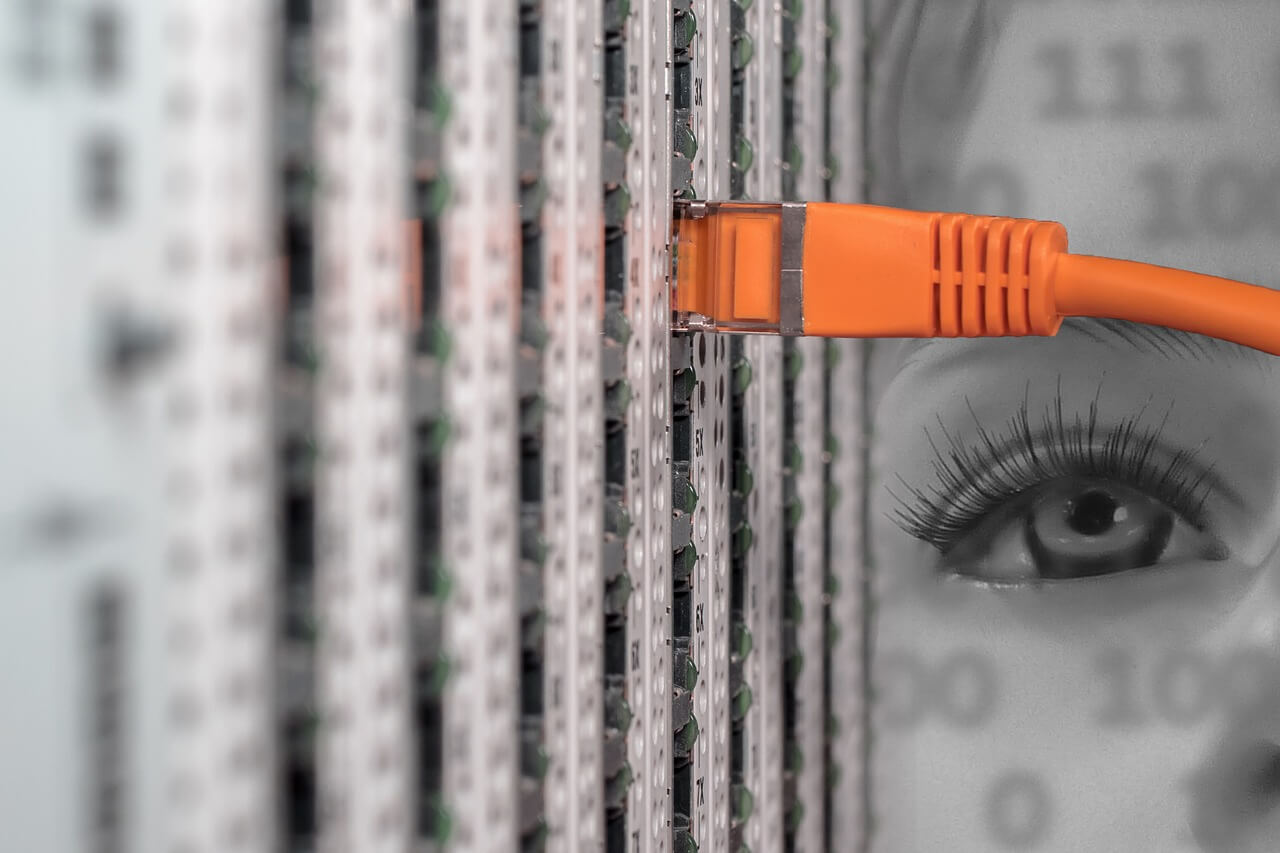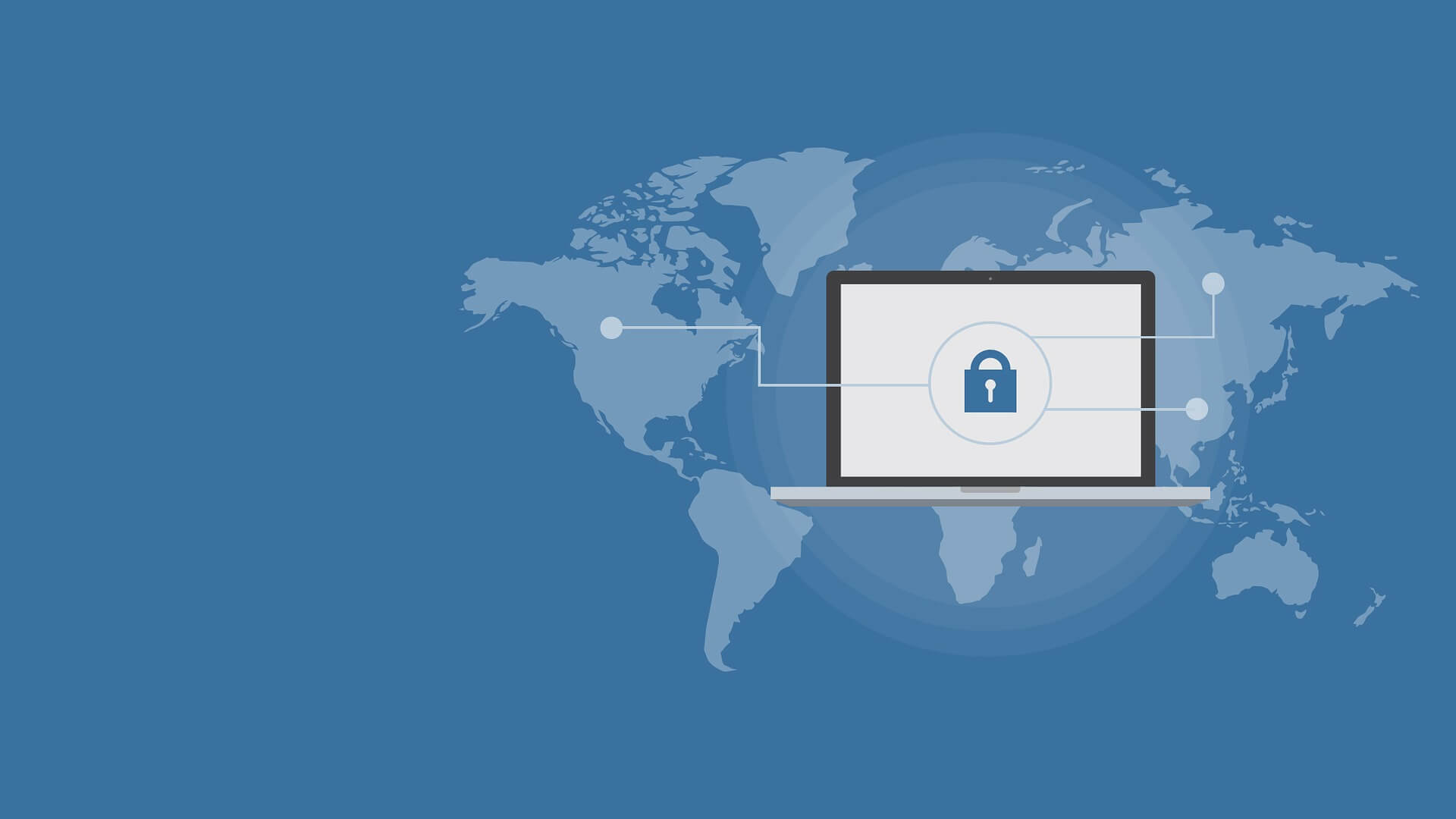[oc_spacer height=”15″]Nowadays, companies are subject to rapid structural change. In the past, investments were made primarily in tangible assets, such as buildings, plants or vehicles, but today’s young entrepreneurs invest their money increasingly in intangible goods, such as software, research or design. This fact proves that digitalisation will, with big steps, determine the market of today and tomorrow. This is how IT Asset Management has also increased in importance in the past few years. Assets are all the resources with economic value of a company and therefore the term IT Asset Management describes all measures and tools, which are required to optimise, procure and administer all electronic assets in an organisation. This includes all material assets from hardware, software to licence management.
Asset Management in IT – Definition and Application
Today IT is an important component of sustained success in any company. However, the optimal management of all IT assets is a special challenge for organisations of any size and often not an easy task to tackle. IT Asset Management, also called ITAM, is to help with simplifying the management of all assets. Asset Management in IT is a complex and extensive topic. Assets include not only various devices, such as servers, computers and printers. Automated processes are also IT assets – although to a larger extent. Besides the general IT architecture in a company, another important part of IT Asset Management are for example HR management, the service desk or purchasing.
The Advantages of Asset Management in IT
Professional IT Asset Management has many advantages. A correct documentation of IT, all devices, software and licenses, ensures that an up-to-date list of all assets and running costs exists, which is available for analysis. The IT department is then able to make informed decisions about future changes or new acquisitions based on this data. Companies also contribute actively to security, as ITAM includes software updates or correct hardware installation. This means that all devices as well as programmes and licenses in use are always up-to-date. Overall this ensures that security and efficiency are considerably improved within the organisation and costs are sustainably reduced.
The Disadvantages of conventional IT Asset Management
On the other hand, conventional ITAM is very expensive and extremely time intensive. If it is operated in a conventional way, then IT staff have to administer a lot of information and maintain it manually. Time and money are important factors to ensure that many companies reduce their IT Asset Management to an absolute minimum and hence miss out on many advantages, which a successful ITAM can achieve for the company.
Increase Security in the Company long-term
Modern IT Asset Management can significantly contribute to increase security and efficiency within the company. Asset Management not only includes the purchase of hardware and software, but also the correct installation and regular updates, which results in the entire IT within the company to become more secure and better protected from external attacks or systemic errors. The integration of all areas and processes ensures that company-internal processes are optimised and efficiency is significantly increased. And in the end, not only the employees benefit, but the entire organisation.
oneclick™ can help with IT Asset Management
As already mentioned, a big disadvantage of conventional ITAM is the expenditure. High costs for updates, installations and purchases are also a common problem. Together with a provider such as oneclick™, it is possible to circumvent these disadvantages. Here, oneclick™ should not be viewed as a dedicated tool for IT Asset Management, but due to its automation and functions, it is itself an asset, which additionally simplifies the administration of existing assets. Thanks to simple operation, a number of automated processes and a clear display of all assets, the IT department achieves excellent service quality. All IT functions can be controlled comfortably via a Remote-Monitoring and Management. oneclick™ can, for example, ideally help with an efficient Licence and Software management: The system administrator specifies for each user (or for each user group), which programmes and access rights they require. The employee can execute the software centrally via the cloud. Unnecessary licence purchases and software installations can be avoided in this way. Every user is supplied with those licenses and software which he or she really requires. All access rights can be adapted or changed without any issues. Even the complexity relating to hardware is reduced through oneclick™ – own servers become at least in part unnecessary through the cloud principle. Companies can reduce assets by implementing low risk BYOD strategies and much more.
Conclusion and Summary
IT Asset Management not only includes the purchase of hardware and software, but also installations, as well as updates of systems and programmes. In addition, other departments and groups also form part of ITAM, as long as they work with the IT department or have something to do with it. Examples are for example accounts, purchasing or customer support. A big disadvantage of a thorough ITAM are high costs, as well as significant time effort, which needs to be invested to always keep documentation up-to-date. Providers, such as oneclick™, can help to simplify IT Asset Management, and are also able to reduce costs incurred long-term.
Image Sources:
- Image 1: © dedidam net | flickr.com
- Image 2: © Blickpixel | pixabay.com
- Image 3: © VISHNU | pixabay.com



